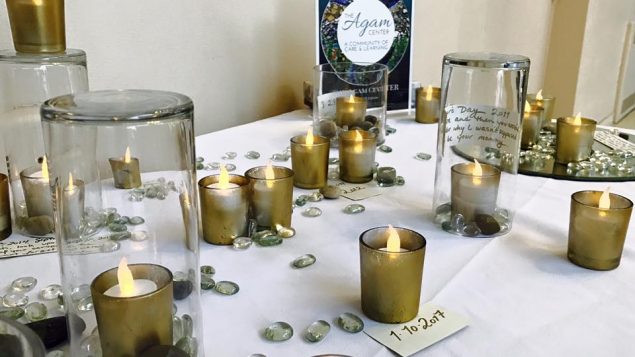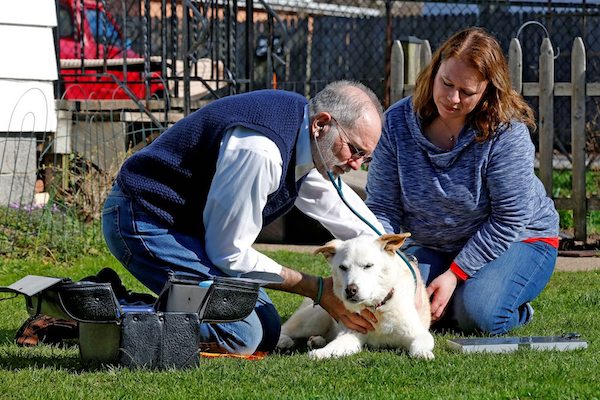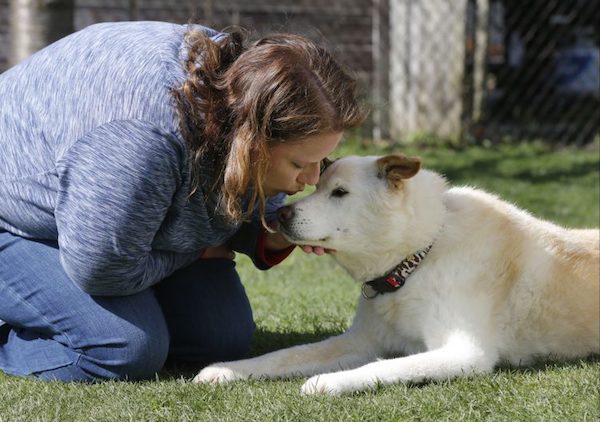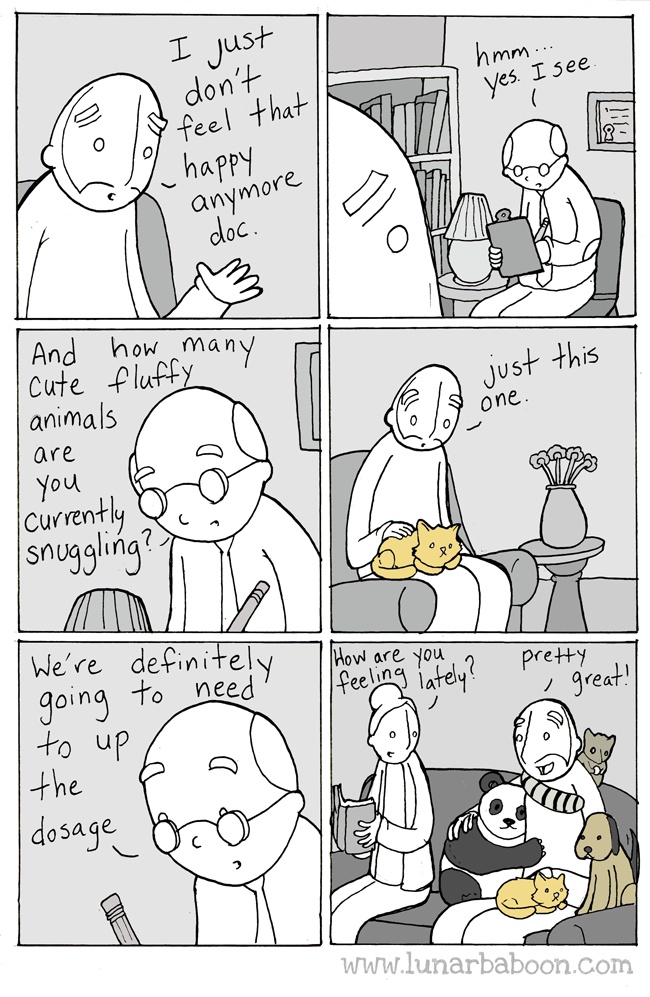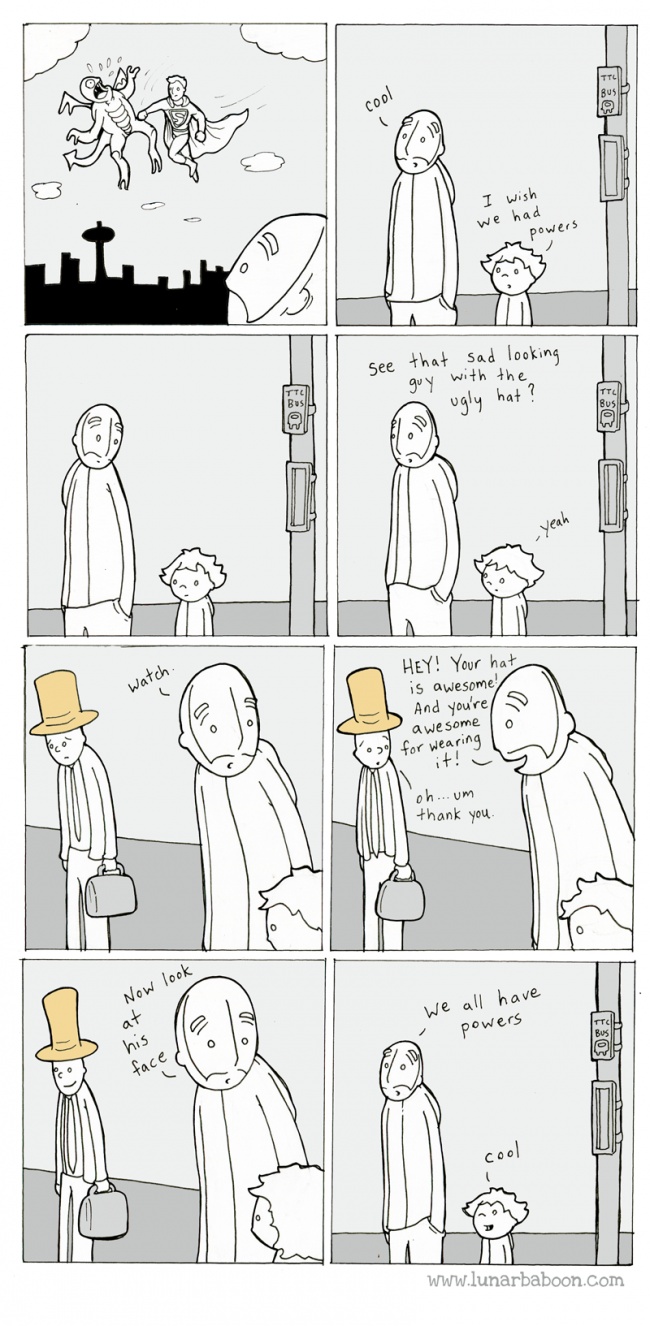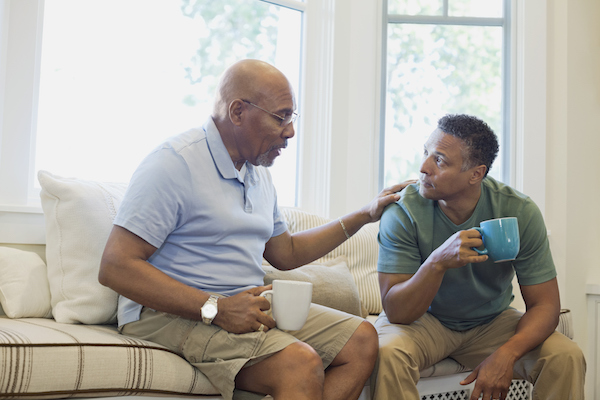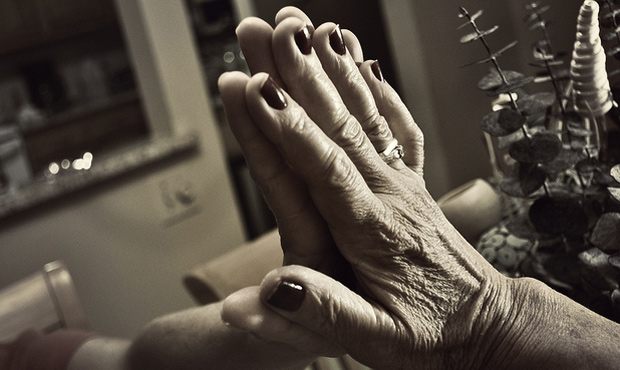[T]he Jewish tradition is rich with mourning rituals. We’ve done it as a nation for millennia; mourning the loss of Jerusalem, lamenting the Holocaust, remembering the long lost days of the Holy Temple. As individuals, we do it with bagels and covered mirrors and week-long shiva visits. We can say Kaddish (the mourner’s prayer) for a year. There is plenty of space and opportunity to grieve.
And it’s a good thing. A great thing even. It’s supportive. It’s community showing up at times when someone might be at their lowest low. It’s not leaving people to manage their grief alone. It’s a built-in system of shoulders to cry on, arms to lean on, caretakers, yentas – all of them creating a space for you to mourn and pause before gathering strength to move forward.
But while we offer so much to mourn those who have passed, there is nothing available to support those mourning pregnancy loss. There are no rituals. No one brings bagels. No one even talks about it. Some rabbis will tell you that you are not even permitted to say Kaddish after a stillbirth. It’s like it never happened.
And there’s a logical reason for that. In times long ago, pregnancy loss was incredibly common. It was also often very public. It was rare to find a family that had not lost a child or infant in the course of their family-building. In fact, many parents lost more than one in their lifetimes. So if the custom would have been to stop everything to mourn, people would have been in states of mourning constantly. And one could say that therapeutic value of shiva/mourning rituals would be diluted. The rabbis, in their wisdom, thought it better to not make such a big deal of pregnancy loss – precisely because it was so common.
But what about today? 2017. When pregnancy loss is not something that happens as often in each family? And certainly not in the same public way it did in olden times? What do we do with these feelings of loss that can be so devastating – particularly in the midst of communities that value children so highly?
Where should a couple take their grief when they learn that they will not be able to be parents? How should a mother-to-be mourn the loss of a life that she cherished? What prayer should she say? There is no ritual. No one talks about it openly because of the attached shame and disappointment of not being a “fruit bearer.”
It’s rough. It’s lonely. And it is incredibly sad.
It is ironic that a faith community that is normally so very good at supporting individuals laden with grief, can fail so terribly at addressing this common and natural loss.
I know of more than a few synagogue regulars who stopped attending services and recuse themselves from the ebb and flow of Jewish communal life after a miscarriage or when they continue to fail to conceive. With no “official” way to mourn a pregnancy loss or a fertility struggle, it can be incredibly isolating and “othering” for couples — often pushing people away from their communities during the very time they need support most. They feel not understood, invalidated, wrong for being so heartbroken. The absence of ritual or commemoration of pregnancy loss sends a message loud and clear: “Your loss is not a real loss. It is not worthy of the community’s attention or caring.”
Ouch.
So we wanted to do something about that. We wanted these important community members to feel held and supported and we wanted to validate their loss and let them know that they are not alone in their grief.
This month, we participated in Yesh Tikva/The Red Stone’s “Infertility Awareness Shabbat” in an unusual way. Our goal was to create a space for empathy and understanding about infertility in the very tight-knit, family-focused Jewish community. But, rather than ask our clergy to talk about infertility or pregnancy loss in a sermon as has been traditional, we decided to do something new.
On the Sabbath before Passover, the Agam Center at Ohev Sholom invited the entire community to “Light A Candle For Your Loss.” We circulated an anonymous form and asked our community members to indicate the number of memorial candles they would like illuminated on their behalf and gave them the option to have their candles dedicated or labeled in the manner of their choosing.
The response from the community was overwhelming. We lit forty-seven candles, submitted anonymously by thirty individuals – just from our 300 family congregation alone. We displayed these candles publicly, at the entrance to our sanctuary, in our light-filled atrium. Every community member passed by the memorial display on their way into services, and our clergy, Maharat Ruth Balinsky Friedman, invited the community to pay their respects and honor the (often silent) loss felt deeply among our grieving community members.
The responses from the community came pouring in.
“Thank you for doing this. Don’t really have words right now. Just gratitude to have the opportunity to mark my little boy’s birth, especially so close to the actual date.”
“This is absolutely beautiful. Thank you for giving a voice to so many who are on this journey. All my love and support for your amazing, very necessary work.”
“I thought I’d fill out the form because it was a lovely idea – and then found myself in tears, making a small space for something I mostly push aside. Kudos to you for creating the holy opportunity. Really proud to be a part of this community.”
As far as I know, our decision to publicly anonymously recognize pregnancy loss in the synagogue community is a unique endeavor to validate this loss and create a space for a life-experience that can be so isolating and stigmatized and reframe it as an opportunity for communal support.
As we filed into the sanctuary for Saturday morning services, we stopped to read the inscriptions and dedications next to the memorial candles. They took my breath away. Here is but a sample of what was shared:
“I would have loved to love you.”
“Eternally grateful for the journey you were a part of, as painful as it has been. Your loss made way for those we watch grow, shaping me into a mother who strives for daily patience and gratitude.”
“Mothers Day 2011. You were and then you weren’t. Still wonder why I wasn’t supposed to be your mommy.”
“For the family I thought we’d have and the empty seat at our table that I wish we had filled.”
The Agam Center is working hard to make people feel seen and understand that their community is indeed there for them during their time of sorrow or struggle. We want to help people in the midst of a fertility journey see that they are truly not alone, and that there have been so many others – even right in their very synagogue community – who have walked this path with them. We are creating a space to mourn something that is usually so privately painful – particularly in a tradition that is, ironically, so “good” at supporting mourners in other circumstances. I am hopeful that we can begin to highlight ways that communities can create spaces for these losses and families unrealized.
Rather than staying home and feeling isolated, these mourning couples made a point to come to synagogue that week and watched as others learned about and began to appreciate the magnitude of the loss they were feeling. They came inside from standing on the fringe of the community and felt embraced and found solidarity, all without a word. This heartbreakingly beautiful display was our community’s way to show that all loss is real loss and to remind those still struggling that they are not alone in their grief of hopes for the family of their prayers.
May our communities know no more suffering. Amen.
Complete Article HERE!

